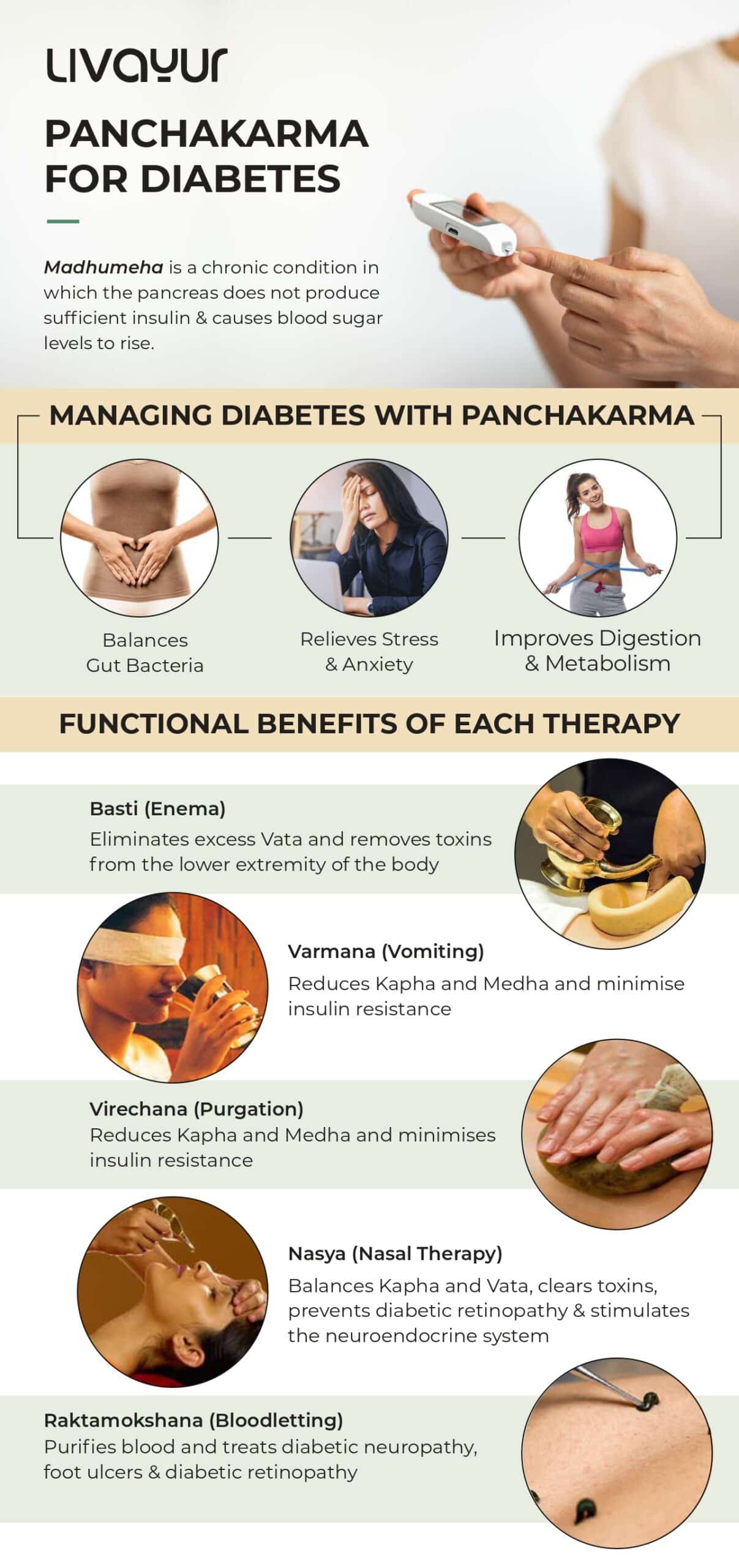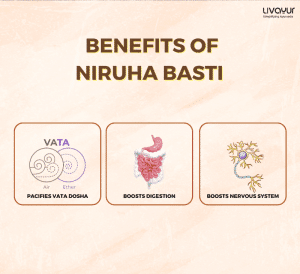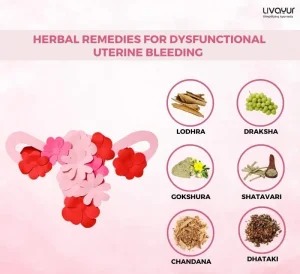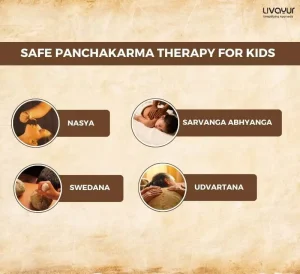
Diabetes is regarded as a chronic condition that requires lifelong treatment. This means that diabetes patients need to rely on insulin therapy and antidiabetic drugs to control their condition and avoid complications. While these treatments can be lifesaving, they only treat symptoms and also pose a risk of side effects. Natural and holistic treatments are increasingly sought after to manage diabetes as they can reduce reliance on conventional medications. When it comes to alternative therapies, Ayurveda gives us some of the most promising natural treatments for diabetes. The most notable of these Ayurvedic therapies is the use of Panchakarma for diabetes.
Ayurveda’s Take on Diabetes
Contrary to popular belief, diabetes was well-known in ancient India, referred to as Madhumeha in classical Ayurvedic texts. Revered texts like those of the sages Charaka and Sushruta also provide us with valuable insights into the pathogenesis of diabetes and possible treatments. Today, Ayurvedic physicians use this ancient knowledge and modern research to craft Ayurvedic diabetes treatment plans. One of the most important of these is Panchakarma, which is better known to most of us as a detoxification and purification treatment.
Benefits of Panchakarma for Diabetes Treatment
Comprising five therapies that work to restore the body’s optimal balance of Doshas and eliminate Ama or toxins from the body, Panchakarma is known to strengthen immunity and restore healthy metabolic functions. As diabetes is a metabolic disorder, it is only natural that Ayurvedic therapy would also be beneficial for diabetics. The treatment comprises five separate therapies, including Vamana (vomiting), Virechana (purgation), Basti (enema), Nasya (nasal therapy) and Rakta Moksha (bloodletting). In addition, these individual therapies include other components and patients must also undergo preparatory and follow-up procedures. The additional therapies include dietary and lifestyle modifications, and the use of anti-diabetic Ayurvedic herbs.
The benefits of Panchakarma for diabetes treatment are not just based on conjecture. In addition to purification therapies like Shodhana, Panchakarma for diabetes also focuses on Vamana (emetic therapy) and Virechana (purgation therapy). Whether a patient wishes to use Ayurvedic diabetes treatments or conventional medicine, these Panchakarma practices can help prepare the body. In traditional Ayurvedic wisdom, the therapy is known to pacify Kapha and facilitate the elimination of Ama, while also helping lower blood sugar levels. Panchakarma for diabetes is now also supported by studies that show that Panchakarma can help significantly in the management of diabetes. Although the precise mechanisms are not understood, the therapy has been shown to offer various benefits for diabetics.
What are the Benefits of Panchakarma for Diabetics?

1. Improves Gut Health
Research shows that Panchakarma has a direct effect on the gut microbiome, helping restore a healthy balance of gut bacteria. Until recently the connection of the gut microbiome with diabetes was not understood, but new studies have reported gut microbiome dysbiosis as a factor in the rapid progression of insulin resistance.
2. Facilitates Weight Loss
Weight loss is not the goal of Panchakarma for diabetes, but it is an added benefit because of the accompanying dietary modifications. Panchakarma therapy requires periods of fasting and prescribes an Ayurvedic diet that focuses on natural foods while eliminating processed foods. This aids appetite regulation, digestion and weight management making it extremely helpful for diabetes as research shows that reducing just a kilo of body weight lowers diabetes risk by 16%.
3. Promotes Self Care and Mindfulness
The use of Panchakarma therapy for diabetes is so effective, not just because of its effects on blood sugar regulation, but because of long term behavioural changes that it promotes. Such behavioural changes have been observed even months after patients undergo Panchakarma therapy. This is notable, as better self-care and discipline are critical for the effective management of diabetes over the long term.
4. Relieves Stress and Anxiety
Most people today have to deal with high levels of stress, especially diabetic patients. Unfortunately, stress and anxiety can make it harder to manage blood sugar levels as stress hormones like cortisol increase respiratory rate and blood flow to the muscles, triggering an increased release of glucose. As your body cannot process glucose efficiently, blood sugar levels start to rise. Clinical trials show that Panchakarma therapy is effective at lowering stress levels, making it helpful in the management of diabetes.
The Takeaway
These were just some of the notable benefits of Panchakarma that are particularly relevant when dealing with diabetes. To get the most out of Panchakarma therapy, you should seek treatment from an Ayurvedic clinic or retreat, as the therapies must be administered by experienced physicians in a clinical setting. You can also learn some of the procedures to practice them at home, if your doctor advises you to do so.
This article is reviewed by Dr. Ashwini Konnur
Manage Diabetes With The Knowledge Of Ayurveda (Download Ebook)


























7 Comments